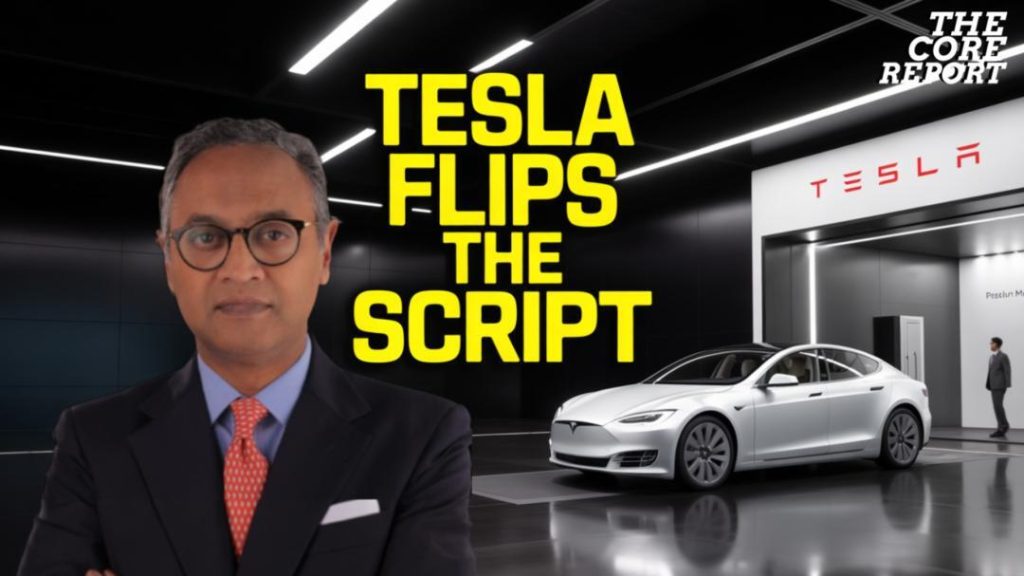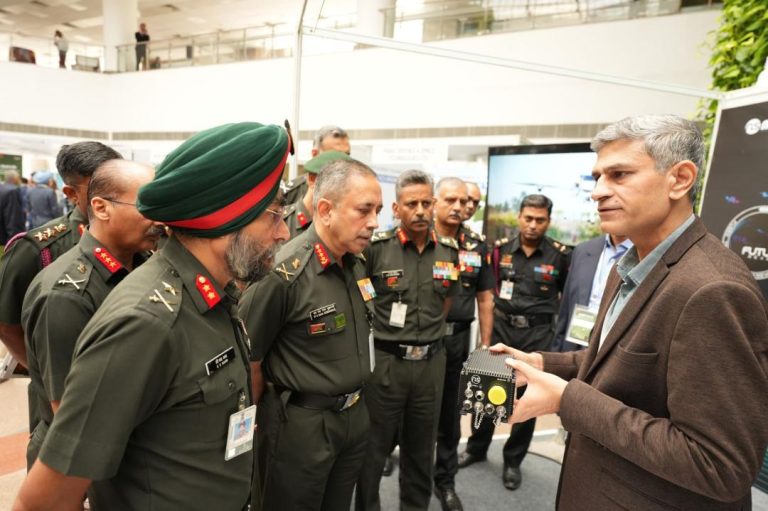
Tesla’s India Entry is Not What the Market Was Expecting
Tesla, the electric vehicle (EV) pioneer, has finally set foot in India, but not in the way the market was expecting. Instead of establishing a local manufacturing facility, the company has opted for imported vehicles from China and the US. This decision has raised eyebrows, especially considering the global giant’s ambitious plans to tap into India’s massive market. Meanwhile, rivals like Vietnam’s VinFast are setting up production on Indian soil, leaving Tesla to play catch-up.
In a recent video, Tesla’s Chief Financial Officer, Zach Kirkhorn, confirmed that the company will start importing its vehicles to India, starting with the Model 3. This move may have been necessitated by the complexity and challenges associated with setting up a manufacturing facility in India. The country’s automotive industry is heavily regulated, with strict rules and guidelines governing the production of vehicles. Additionally, India’s infrastructure is still evolving, making it difficult for companies to establish a seamless supply chain.
However, this decision has not gone unnoticed, and many are wondering why Tesla chose not to follow the path of other global automakers, such as Toyota and Volkswagen, which have successfully established local manufacturing facilities in India. One possible reason could be the company’s focus on software and technology, which may not require a physical manufacturing presence. In fact, Tesla’s software expertise is one of its key strengths, and the company may be looking to leverage this advantage in India.
The Indian market is a significant opportunity for Tesla, with the country’s government aiming to promote electric vehicles as part of its efforts to reduce carbon emissions and improve air quality. The government has also introduced policies to encourage the adoption of EVs, such as subsidies and tax benefits. However, despite these incentives, the market has been slow to take off, with many consumers still preferring traditional internal combustion engine vehicles.
VinFast, a relatively new entrant in the Indian market, is bucking this trend by setting up a manufacturing facility in the country. The Vietnamese automaker has partnered with India’s Tata Motors to produce electric vehicles, including the VinFast VF8 and VF9 SUVs. VinFast’s decision to establish a local manufacturing facility is seen as a significant move, as it will enable the company to reduce costs and increase its competitiveness in the market.
In contrast, Tesla’s decision to import vehicles from China and the US may not provide the same level of cost savings and flexibility. The company may still create jobs in India, but they will likely be in software and technology, rather than car assembly. This could be a missed opportunity for the Indian automotive industry, which is still developing and could have benefited from the presence of a global giant like Tesla.
Another concern is the impact of Tesla’s decision on the local automotive industry. The company’s failure to establish a local manufacturing facility may lead to a loss of jobs and investment in the sector. This could have a ripple effect on the entire ecosystem, including suppliers and other businesses that rely on the industry for their livelihood.
In conclusion, Tesla’s decision to enter the Indian market through imported vehicles is not what the market was expecting. While the company’s software expertise is likely to be a significant advantage in the market, its failure to establish a local manufacturing facility may have long-term consequences for the Indian automotive industry. As the market continues to evolve, it will be interesting to see how Tesla adapts to the changing landscape and whether the company will eventually establish a local manufacturing presence in India.
Source: https://youtu.be/M2ktWY-4chg






